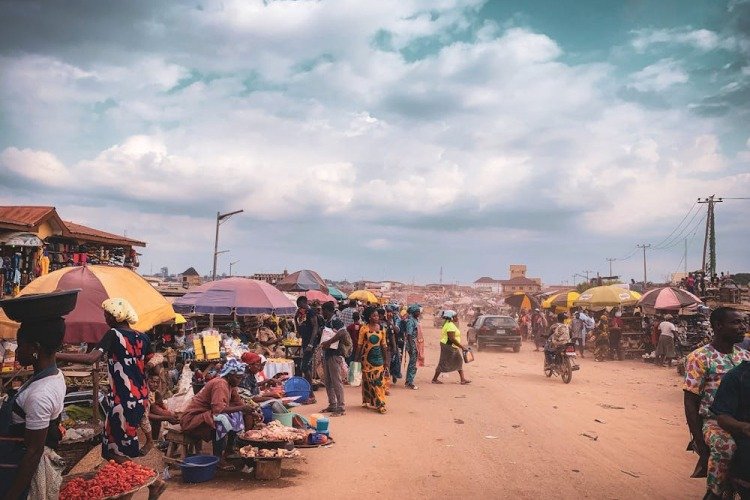Navigating Economic Tides: The Rising Poverty Rates in Coastal Cities

People often think of coastal towns as places where opportunities and wealth are plentiful, thanks to their beautiful scenery and busy harbors.
But behind this friendly front is a growing problem that threatens these towns from the inside out: poverty rates are going up.
As the economic and natural problems that are unique to coastal areas get worse, more and more people are having a hard time staying afloat. This study looks at the complicated factors that cause poverty in coastal cities, its widespread effects, and effective ways to reverse the trend.
By learning more about these problems, we can start to plan for a better, more sustainable future for everyone. Around the world, coastal towns are facing a silent crisis as poverty rates rise. This goes against the idea that these places are economic hubs with lots of money.
Over a million people are struggling to meet their most basic needs in places where rich and poor people live together. This rise in poverty is more than just a number.
What Role Do Economic Changes Play?
Coastal towns are more likely to be affected by downturns because their economies are unstable because they depend on fishing, tourism, and maritime trade.
Because of this, some people are looking into new ways to deal with their money problems, like copytrading software.
They want to keep their income stable and lower their risk of becoming poor by using the tactics of experienced traders.
How Rich or Poor Are Coastal Cities?
To get an idea of how bad poverty is in coastal towns, it’s important to look at the numbers.
A lot of people in many of these places live below the poverty line and have trouble paying for things like school, housing, and health care, according to studies. In places near the coast, the cost of living often goes up faster than income, which makes things worse.
Coastal vs. Inland Cities
Poverty rates show a big difference between places on the coast and those in the middle of the country.
There are also problems in the middle of the country, but the environmental and economic stresses on coastal places are different from those in the middle of the country. Poverty rates are rising the most in coastal areas because of the high cost of living and the lack of job security in key industries.
What Makes People Poor in Coastal Areas?
Because their economies depend on things like tourism, fishing, and shipping, coastal towns are especially vulnerable.
These fields are very affected by changes in global economic conditions, the environment, and government policies. This makes jobs and incomes unstable for many workers. Because of these weaknesses, it’s hard for many people to find stable, well-paying jobs, which makes the poverty rate rise.
Problems with the Environment
Coastal areas are more likely to be affected by environmental problems like climate change, rising sea levels, and natural disasters. These problems put the infrastructure at risk and make these places’ economies less stable.
For example, a drop in fish populations can directly affect the jobs of people who rely on fishing, and more coastal erosion and flooding can make it hard for tourists to visit and force communities to move.
What it means for communities and local economies
People in coastal towns are becoming less and less wealthy, which has a big impact on their health and social lives.
People who are poor are more likely to be homeless, not eat well, and not be able to easily get to school or medical care. This can lead to rounds of bad luck that last for many generations. Stress and fear that come with not having enough money can also make mental health issues worse, which lowers the quality of life even more.
Economic Downturns and Infrastructure Strain
Businesses and facilities in the area are put under more stress when there are more poor people living there.
When more people are poor, they don’t spend as much, which can slow down the economy and lead to businesses closing. It’s also hard on public resources when more people need social services, and issues with housing and transportation make things even worse.
A lot of these things can make it tough for the economy to get better and grow, which can be bad for people and businesses in coastal cities.ies.
Conclusion
A lot of people are becoming poor, and coastal towns are at a crossroads.
To move forward, we need to examine the situation as a whole and combine focused policy changes with long-term economic growth.
These cities can build resilience and prosperity by taking care of both the current needs of vulnerable groups and the underlying economic and environmental causes of poverty.
It will be challenging, but coastal towns can achieve a fairer and more sustainable future by working together and coming up with new ideas.